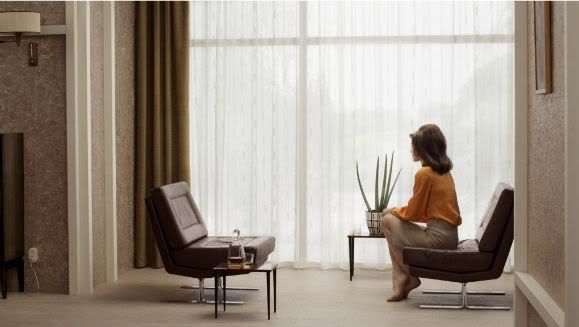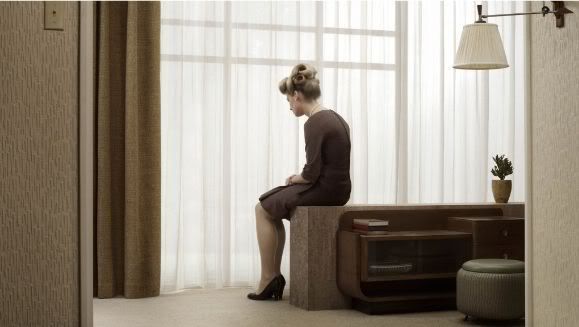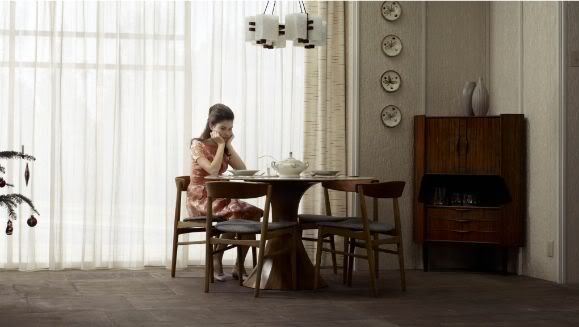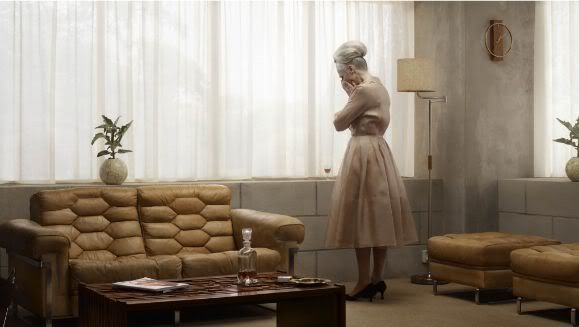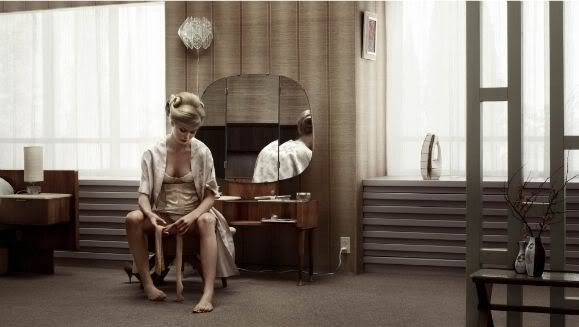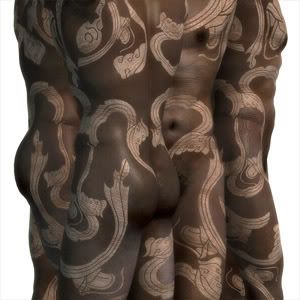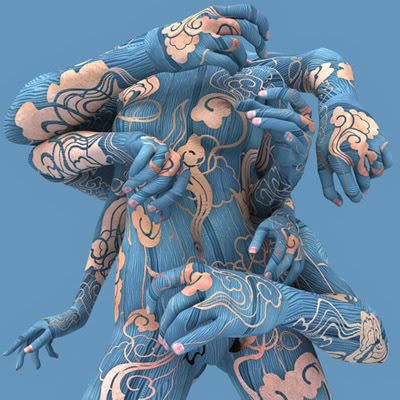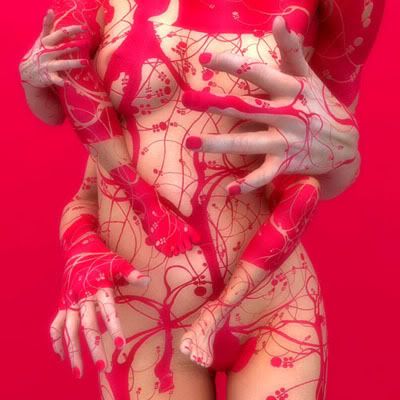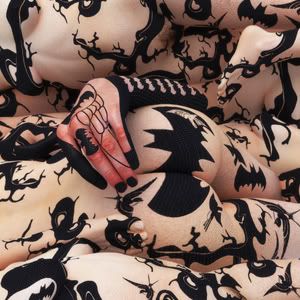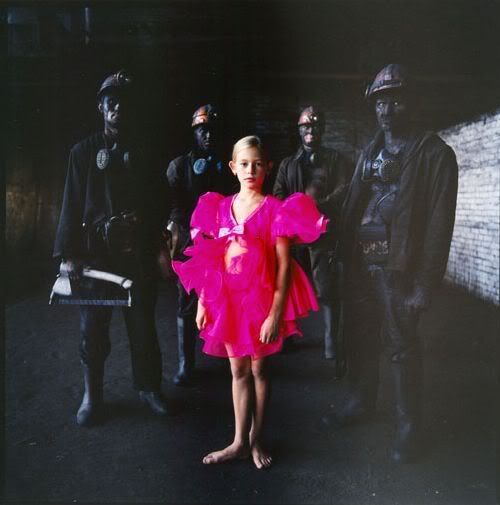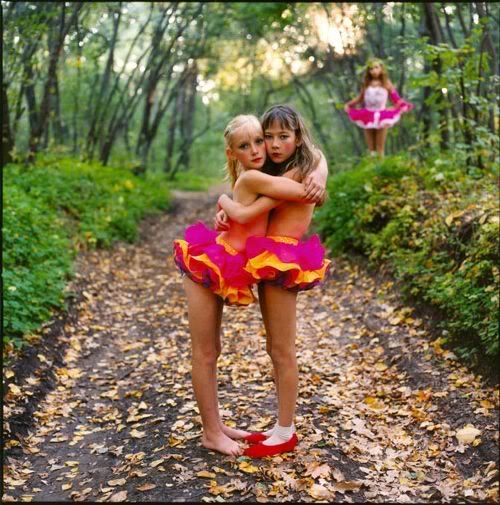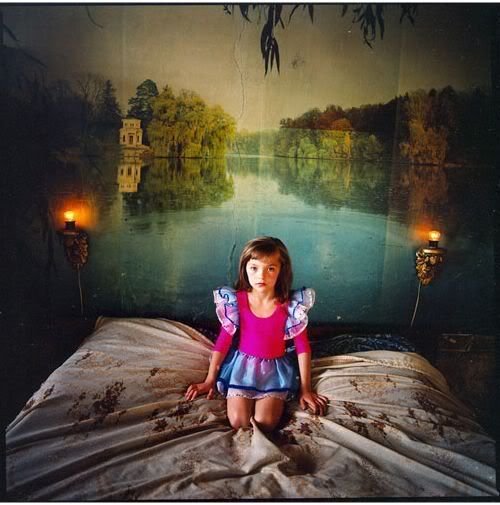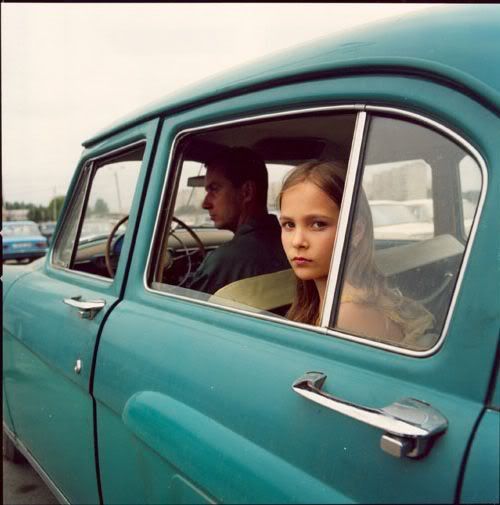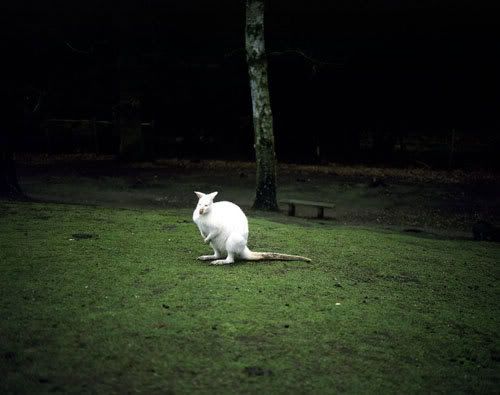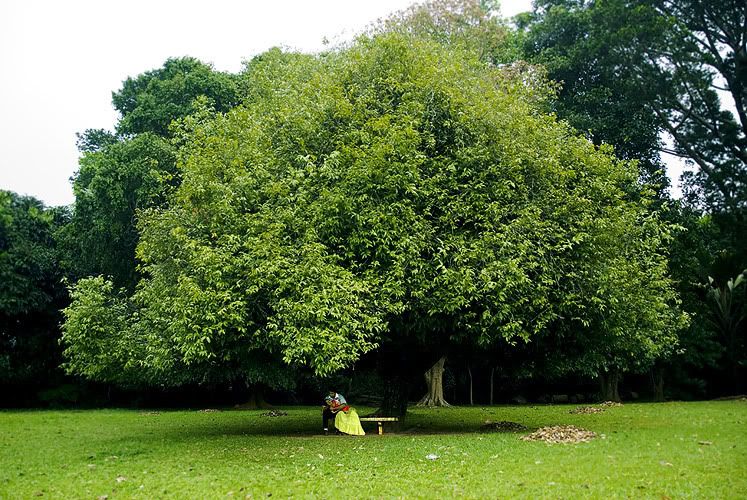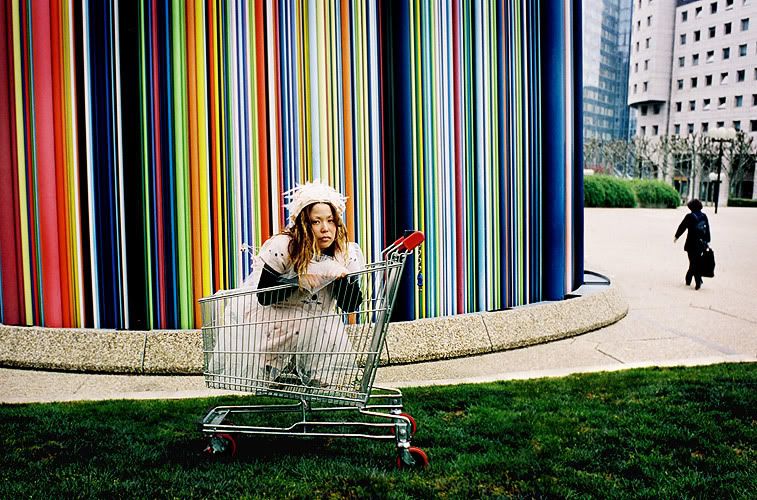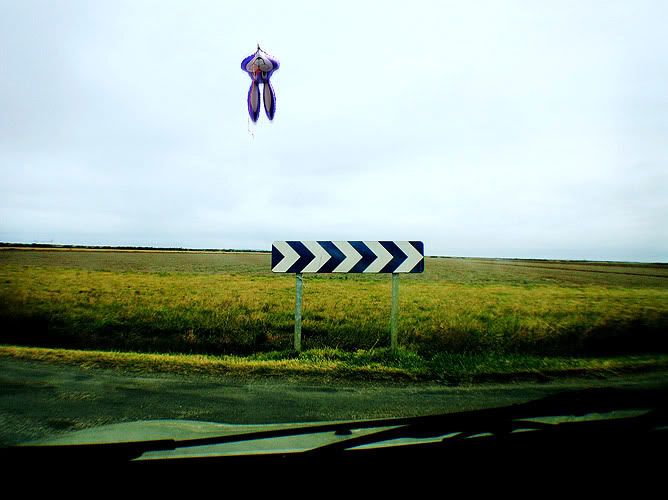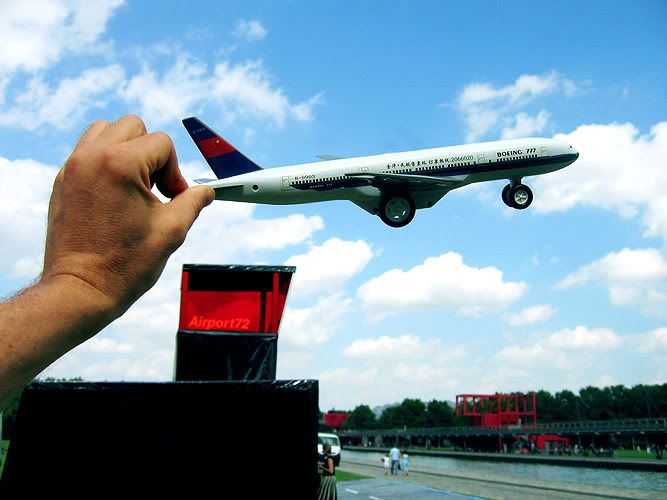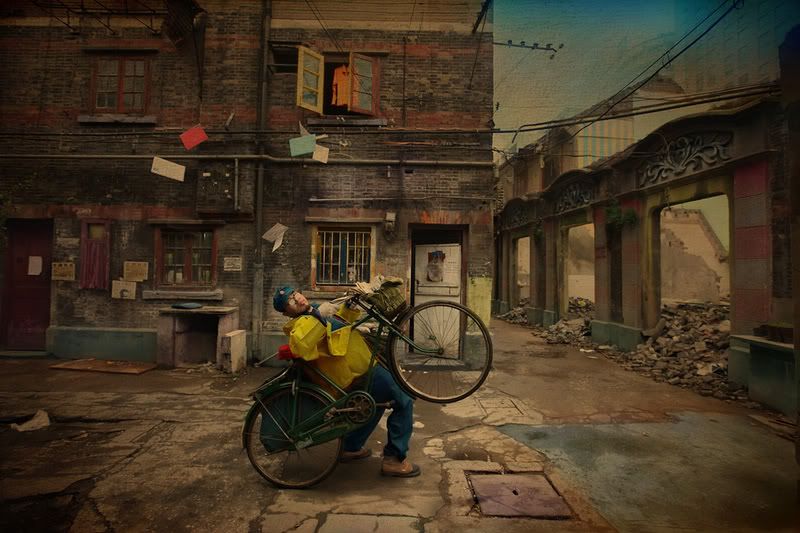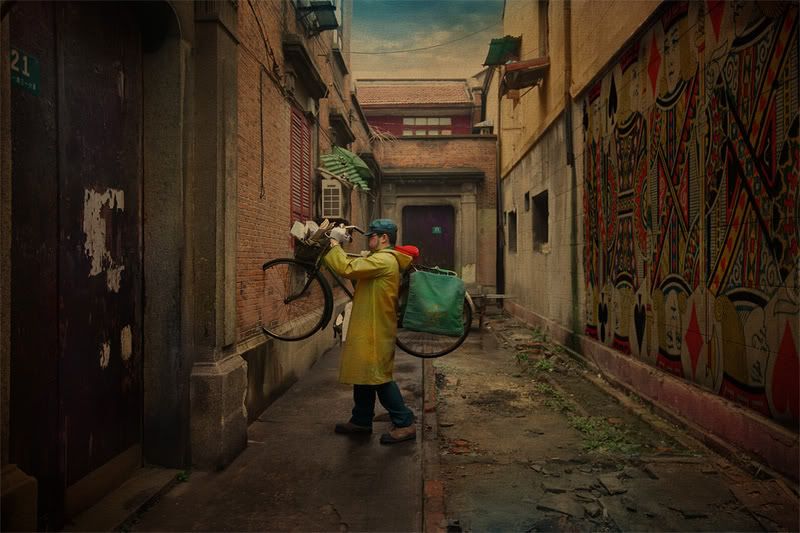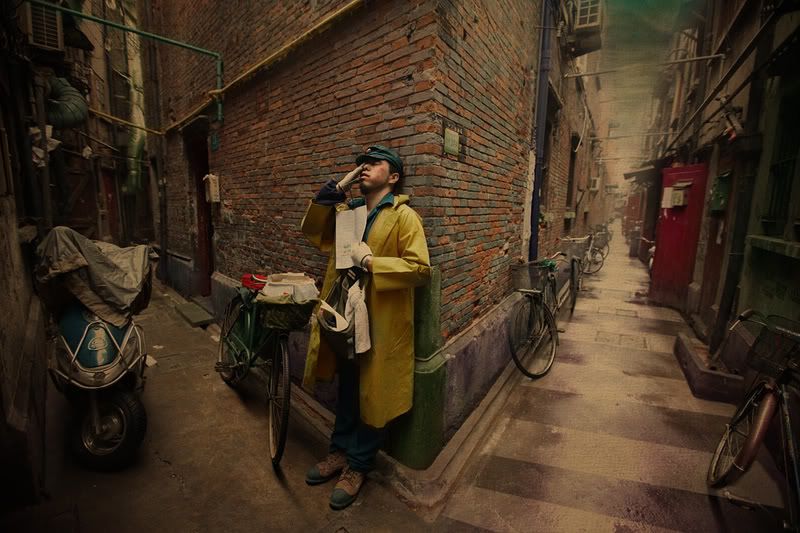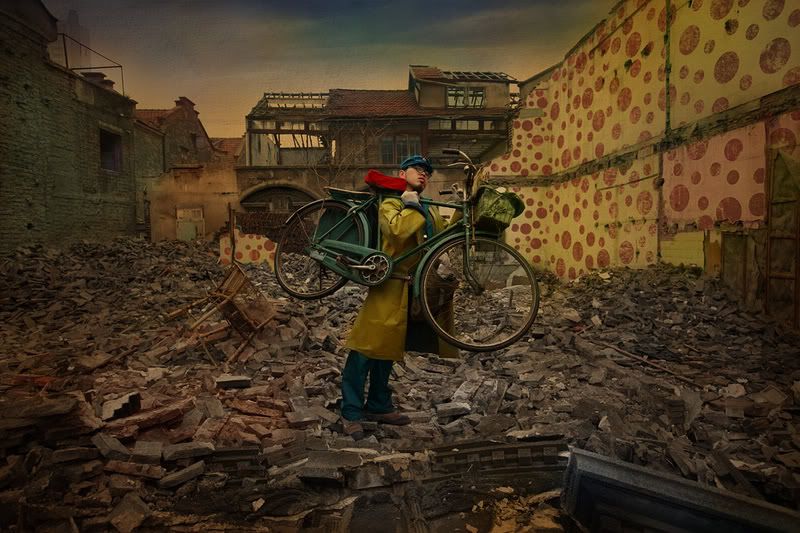The word “utopia” is often defined by a stockpile of ideas and images that have been already compiled for us through years of art, literature, music etc. Regardless of whether it is the psychological mind trip of Alice’s Wonderland, the eerie surreality of a Tim Burton film, or even the soft ethereality of a John William Waterhouse painting, the idea of utopia is ultimately slave to the user.
For me, utopia began with a struggle to reconcile how I felt about my Chinese heritage along with my family’s inability to acknowledge the distance from which I felt separated from the past. As a child, I followed the expected path of a second generation Chinese—fluent in Cantonese at the age of 4, learned English starting at 5, and 14 years later I am almost completely illiterate in my native tongue. Over Thanksgiving break, I had picked up a birthday card for my grandfather who lived in Hong Kong. My parents were pressuring me to finish signing my message so they could overnight the card. When it came time to put pen to paper, nothing came out. I couldn’t remember how to write my Chinese name and was forced to ask my mother to sign for me.
I wouldn’t say that I am in denial of my culture because that would be too cliché and too irresponsible of me. Instead, I feel that I have made the conscious decision to separate myself completely (for fear of insanity), only to casually encounter it on the few holidays I spend with my extended family. Instead of living in guilt that I could never justly dedicate myself to both my American and Chinese side, I have found it easier to accept that I do not feel an inherent connection to the latter.
In these photographs, I attempted to document the gradual overwhelming of a character that is not so different from myself. The red paint, while maybe a bit heavy handed, signifies my culture. As the character wanders home from school, she is progressively swallowed by the paint until the point of totality that is almost violent and grotesque.
The only difference is that I have gone in reverse and what little paint is still there, I am afraid to let go.
Tiffany Fung








